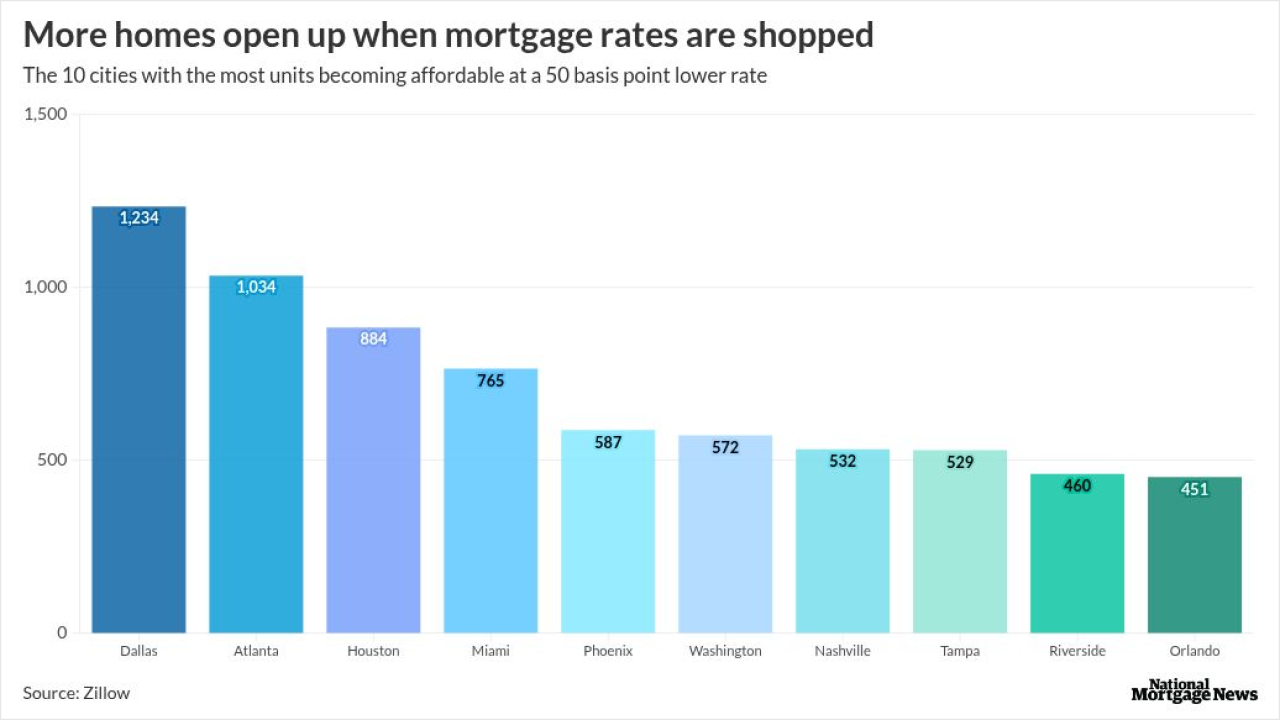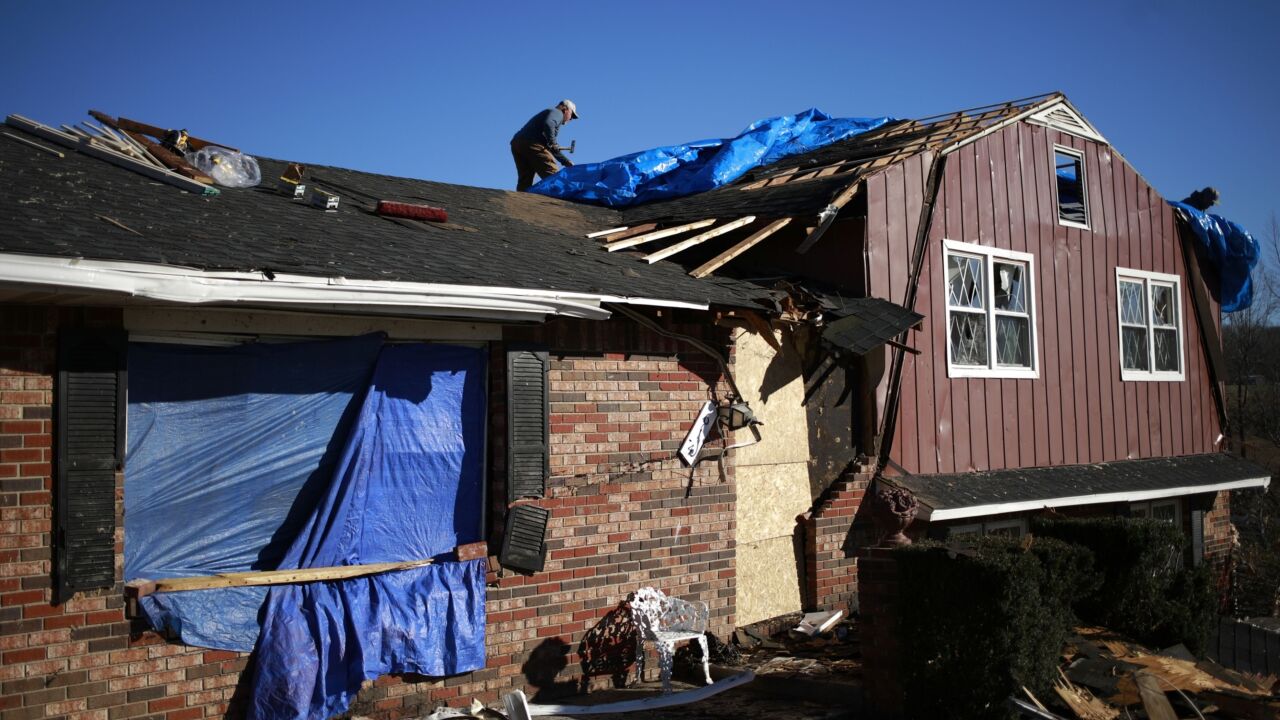In nearly half of the nation's counties, homes are more affordable now than the historic average as higher wages and lower rates outweigh rising prices, Attom Data Solutions said.
In the second-quarter report, Attom determined that 200 of the 406 counties (49%) analyzed were more affordable for an average wage earner, up from 126 (31%) on

"The latest affordability numbers reveal a win-win situation for sellers as well as buyers. But a combination of wage gains and
"Virus pandemic concerns are still quite valid and may show up in the coming months, which could hurt prices as well as affordability. That remains a significant potential cloud hanging over the market. But as of now, things are looking up for people on both sides of the buying equation," he continued.
The five most affordable counties in the nation were Macon, Ill., Berkshire, Mass., Newport News City/County, Va., Hampshire, Mass., and Morris, N.J.
Four of the five most affordable counties with populations over 1 million were in New York City and Long Island: Suffolk, Nassau, New York (Manhattan) and Kings (Brooklyn).
The least affordable counties starting with the worst were Muskegon and Genesee, both in Michigan, Baltimore City/County, Md., Benton, Wash., and Ingham, Mich.
First-time homebuyers enjoyed improved housing affordability in the first quarter, a separate report from Genworth Mortgage Insurance found. Mortgage rates for this group decreased between December and March to end at their lowest levels since 2013, resulting in a 7% year-over-year drop in monthly principal and interest costs.
The company also offered an analysis of April 2020 data, which showed that the pandemic took a greater toll on the repeat purchasers than first-time buyers that month.
"The number of rate locks by potential first-time homebuyers decreased by 27% in April from March as the spread of COVID-19 reduced traffic by potential homebuyers and listings," Tian Liu, chief economist for Genworth, wrote in a post accompanying the report. "At this stage of the pandemic, the first-time homebuyer market was less impacted compared to the repeat buyers’ market, which fell by 34%, in part because purchases by repeat buyers are often contingent on sales of their existing homes."
The rate lock data came from Optimal Blue, a product and pricing engine provider.
But the purchase market's rebound in May brought a higher percentage of repeat buyers back in (37% more rate locks compared with April) than first-timers (27% more).
"Repeat buyers were more impacted by COVID-19 in April than first-time homebuyers, in part because their purchases often are contingent on completing sales of their existing homes, which is a hurdle not faced by first-time homebuyers," Liu said. "First-time homebuyers only needed to buy a home. That is consistent with the stronger rebound in demand from repeat buyers as the economy and the housing market reopens."





